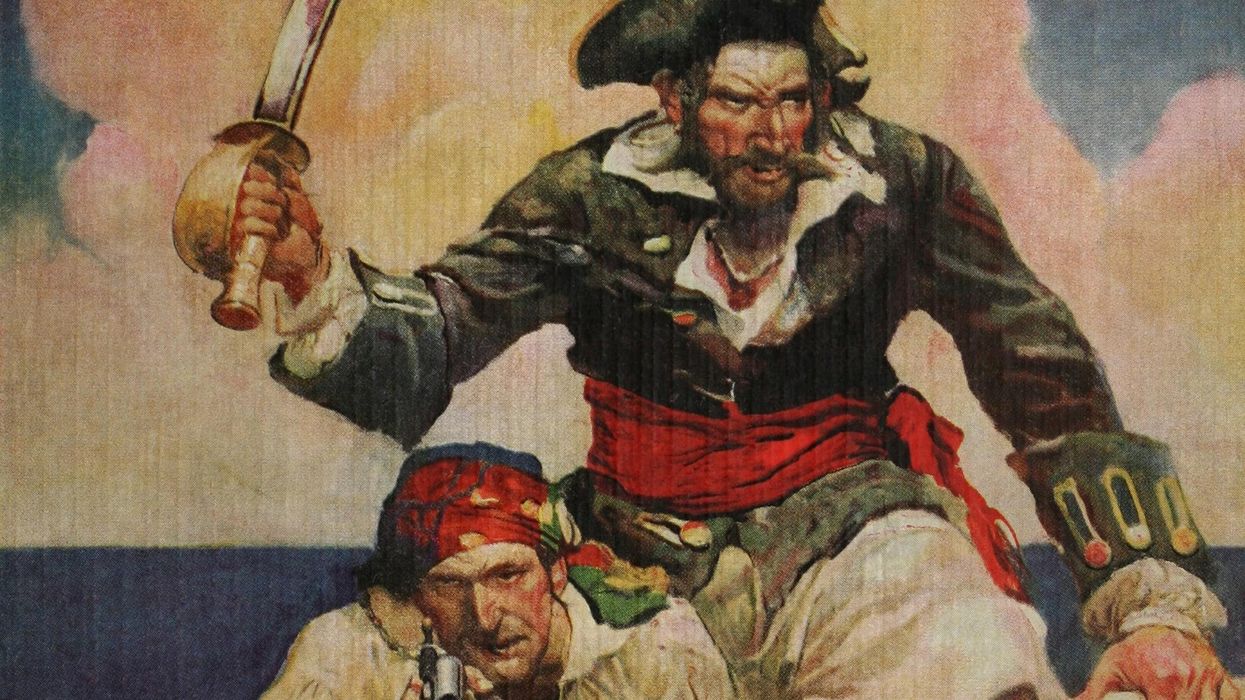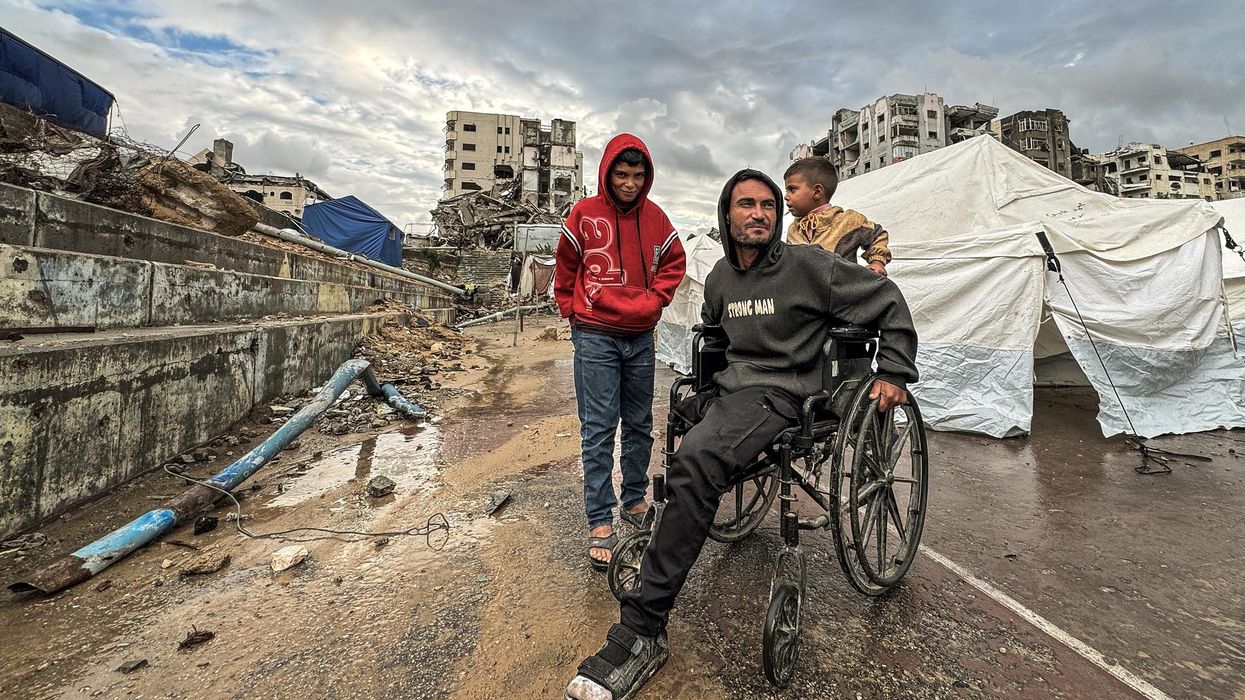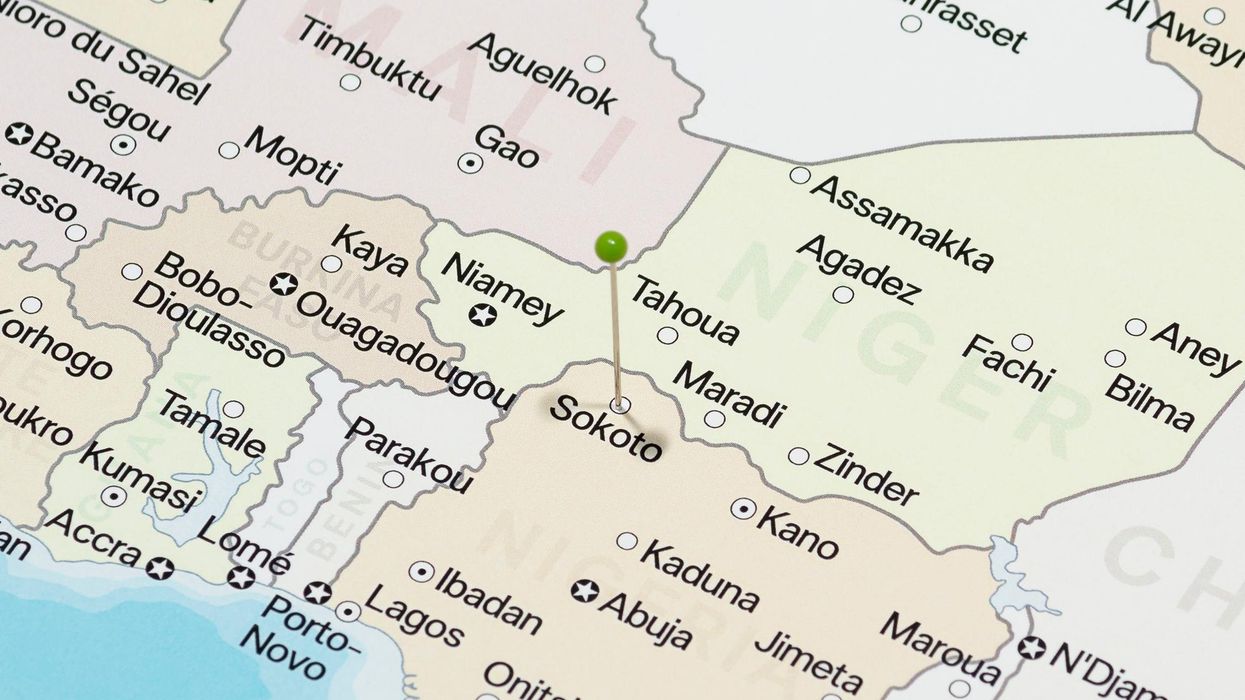As Ukraine struggles against the Russian invasion and the war’s horrors continue to unfold, American foreign policy elites are divided over what more the United States should do to support Ukraine. The recent Russian retreat from Kyiv has shifted the war to the east, spurring calls to give Ukraine more weapons to protract the war in hopes of victory. Some have advocated sending U.S. advisers to Ukraine and considered direct U.S. military intervention.
But what do the American people think? Public opinion polling reveals that the answer depends on context the pollster provides to those surveyed and that popular support for escalatory policies grows lukewarm when Americans understand the risks.
The outcome of this war — even with no direct involvement by foreign military forces on Ukraine’s behalf — is far from certain, but direct U.S. or NATO involvement risks further escalation by Russia. A U.S.-enforced no-fly zone — an idea hotly debated last month — means the United States would have to shoot down Russian warplanes over Ukraine. This would put the United States at war with Russia, pitting two nuclear-armed powers against each other. But the risk of great-power war did not stop several members of Congress and prominent foreign policy commentators from advocating for a no-fly zone and further escalation of the conflict.
Early polls of American views on deploying U.S. military forces to Ukraine and enforcing a no-fly zone appear at first glance to confirm support for their positions. In July 2021, the Chicago Council on Global Affairs asked Americans if they’d support the use of U.S. troops should Russia invade the rest of Ukraine. Fifty percent favored while 48 percent opposed. The share of Americans favoring the use of force had increased substantially from 30 percent in 2014, when Russia first invaded eastern Ukraine. A YouGov survey from March 10 to 14, 2022, found that 40 percent of Americans supported a U.S. no-fly zone over Ukraine while only 25 percent opposed.
But the notion of all-out war in Ukraine and the meaning of a no-fly zone — whose Google search queries peaked in early March — were abstract for most Americans until Russia’s new invasion in late February. Respondents to the polls above could only theoretically assess the risk of escalation from inserting U.S. ground troops or standing up a no-fly zone. As the scope of the war and Russia’s commitment to it became clear, however, the risks of escalation became clearer as well. In turn, U.S. public support for escalatory policies dropped substantially.
An Ipsos/Reuters poll on U.S. attitudes regarding Ukraine was conducted from March 7-8 — after two weeks of substantial news coverage of the conflict — found that just 35 percent of Americans supported sending U.S. troops to Ukraine, a decrease from 50 percent in July 2021. This figure was the same as of late March, according to Chicago Council polling.
On the issue of a no-fly zone, the aforementioned YouGov poll asked additional respondents the same question but included an explanation of what a no-fly zone would entail. Only 23 percent of those who were actually told what a no-fly zone issaid they supported one, while 43 percent opposed — the opposite outcome from the same question offered without a contextual explanation. (Though the late March Chicago Council poll saw support for a no-fly zone move back toward 40 percent, it did not define a no-fly zone for respondents as the YouGov poll did.)
Simply put, most Americans do not want to send the U.S. military into this fight.
Even as public discussion of a U.S.-enforced no-fly zone has subsided, the American public’s reluctance to support one has held. A recently published Ipsos online survey conducted from March 25 to April 3 found that 65 percent of respondents said the United States “should avoid getting militarily involved” in the Ukraine conflict. Just under a quarter said U.S. troops should be sent to Ukraine.
A CBS News/YouGov poll conducted a week later — by which time Russia had stopped trying to pounce on Kyiv — found that less than a quarter of respondents supported sending U.S. troops to Ukraine, though over half said they would support U.S. military action if chemical or nuclear weapons were used. A poll from April 14 to 18 by the AP and the National Opinion Research Center found that support for sending U.S. troops to Ukraine was unchanged at 22 percent. These figures have been relatively stable from early March to mid-April — from Kyiv’s direst moment in the war thus far to the shift in Russian strategy.
By contrast, in 1978, a majority of Americans supported sending troops to Western Europe if the Soviets invaded. This position grew more popular in the 1980s. While the balance of power and circumstances were certainly different then, like for example the U.S. obligation to help defend other NATO countries, the nuclear specter and the risk that escalation is met in kind remain. It matters that the public now has a reminder of what a real shooting war looks like. After consuming this visual media and obtaining a better understanding of options, a majority of the American public is cautious.
Public opinion is but one consideration in a well-deliberated foreign policy. Yet it is telling that advocates of a no-fly zone and other direct U.S. military engagement have failed to adequately sell their case to the Americans that would pay for these actions, certainly in treasure and potentially in blood. These lessons should be remembered as the war grinds on; the next months may well see rekindled calls to increase U.S. involvement on the battlefield. The bluntness of military tools and the high stakes of the war ensure that substantial military escalation of any kind will carry substantial risks. Given adequate time and context to consider this, policy makers should take note that most Americans have realized the implications.
















